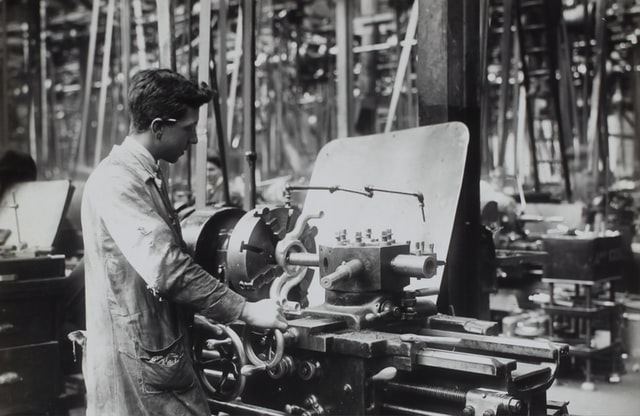Labor costs can take up as much as 35% of your total revenue. This is just one of the reasons why you must conduct a proper labor cost calculation. It’s among the direct costs that you need to consider because of how much money is leaving your business. At the same time, it is a crucial metric for measuring efficiency and the cost of goods. If you need help with your calculations, this article has the following tips on how to calculate labor costs more easily:
Table of Contents
1.Account for Hiring Costs
Recruiting employees may entail building a website that you have to maintain, creating and promoting job listings, attending job fairs, and more—all these drives up your labor costs. If you have niche or expert roles that you need to fill, they will cost even more than entry-level positions. The average expense you incur to attract applicants for any job role is called cost-per-hire.
When you’re calculating the costs, get the total sum of the internal and external expenses for recruitment. These include background checking services, job board fees, career fairs, drug testing, and recruiter fees. Employees can also use this calculator to make calculations for their salaries or wages.
2.Calculate Direct Labor Cost
You must understand how much you will pay your workers to calculate direct labor costs. It could be per hour or by salary. If you want to pay them by the hour, you need to set how many hours they will work per week. Decide on the overtime hours as well.
Labor costs also have a range of expenses you need to be aware of:
- Hourly or salary wages of the employee
- Pay for overtime
- Pay for time off (vacation and sick leaves)
- Training
- Employee programs
- Supplies
- Other benefits
Next is to figure out the additional labor costs where the following applies: insurance, benefits, and taxes per individual worker. Add them to the first calculation (salary or hourly). You will end up with the total costs you will pay your employees in a specific period. If you want to save on costs without losing efficiency, you can outsource non-essential tasks or choose employees who can do their jobs remotely.
To determine the cost for an hour of labor, you should divide the total labor cost by the required number of working hours set for your employees.
Here is the formula: Worked hours per period / (gross pay + additional benefits) = direct labor cost per hour
3.Calculate Indirect Labor Costs
Indirect labor costs don’t affect production directly, but they still play an essential role in the business’s growth. These expenses include payments to employees not partaking in the company’s production area.
Some examples are the human resource manager, admin supervisor, and other similar roles. Without them, the company could run into issues that will harm the admin area responsible for the smooth business operations.
The utility crew is also responsible for the cleanliness of the production floor. They must ensure to uphold protocol and avoid anything that will cause code violations. The mechanics must ensure that the equipment is in good condition.
To calculate the indirect labor costs:
- Take note of the number of hours your indirect employees used.
- Subtract the off days to make an accurate calculation for each employee.
- Once you have the total hours, multiply the hours worked by their hourly wage.
Here is the formula:
(Total worked hours x pay wages) + additional benefits = Indirect labor cost
4.Take Note Of Variable Labor Costs
Of the direct and indirect labor costs, some will stay the same or are most likely to change, called the variable costs. Production-related factors will affect the movement of these costs and are not easily predicted.
Take the wage of an hourly worker. Their wages are calculated through different hours and the overtime they do. You can consider employees who don’t work at a fixed schedule as variable labor costs.
A good example is when a landlord has to call a professional to fix a dysfunctional heater at his apartment complex. The landlord cannot predict when the heater will be an issue. Fixing the heater is expensive, but keeping the tenants comfortable is more important.
5.Don’t Forget Taxes
Employees are responsible for the payroll taxes and health insurance of their employees. They are likely to pay social security, Medicare, and State Unemployment Tax. If you hired an accountant, work with them to ensure that proper calculations are in order, especially if there are any additional taxes.
In Conclusion
To efficiently calculate the labor costs, you need to understand what makes up the expenses that your business must pay. Successfully calculating labor costs will let you know if you’re paying the right amount of money to your employees and ensure that the business budget is used to pay your dues to the workers properly.


